The three-property rule allows you to identify three properties as potential purchases regardless of their market value.
What Is a 1031 Exchange? The Basics for Real Estate Investors
If you own investment property and are thinking about selling it and buying another property, you should know about the 1031 tax-deferred exchange. This is a procedure that allows the owner of investment property to sell it and buy like-kind property while deferring capital gains tax. On this page, you’ll find a summary of the key points of the 1031 exchange-rules, concepts, and definitions you should know if you’re thinking of getting started with a section 1031 transaction.


➤ What is a 1031 Exchange?
In a field heavy with specialized terminology, it’s essential to start with the basics.
A 1031 exchange gets its name from Section 1031 of the U.S. Internal Revenue Code, which allows you to avoid paying capital gains taxes when you sell an investment property and reinvest the proceeds from the sale within certain time limits in a property or properties of like-kind and equal or greater value.
➤ The Role of Qualified Intermediaries
Under section 1031, any proceeds received from the sale of a property remain taxable. For that reason, proceeds from the sale must be transferred to a qualified intermediary, rather than the seller of the property, and the qualified intermediary transfers them to the seller of the replacement property or properties. A qualified intermediary is a person or company that agrees to facilitate the 1031 exchange by holding the funds involved in the transaction until they can be transferred to the seller of the replacement property. The qualified intermediary can have no other formal relationship with the parties exchanging property.


➤ When You Want a 1031 Exchange
- You may be seeking a property that has better return prospects or may wish to diversify assets.
- If you are the owner of investment real estate, you might be looking for a managed property rather than managing one yourself.
- You might want to consolidate several properties into one, for purposes of estate planning, for example, or you might want to divide a single property into several assets.
- Reset the depreciation clock (explained below)
The main benefit of carrying out a 1031 exchange rather than simply selling one property and buying another is the tax deferral. A 1031 exchange allows you to defer capital gains tax, thus freeing more capital for investment in the replacement property.
It’s important to keep in mind, though, that a 1031 exchange may require a comparatively high minimum investment and holding time. This makes these transactions more ideal for individuals with a higher net worth. And, due to their complexity, 1031 exchange transactions should be handled by professionals.
What Is Depreciation and Why Is It Important to a 1031 Exchange?
Depreciation is an essential concept for understanding the true benefits of a 1031 exchange.
Depreciation is the percentage of the cost of an investment property that is written off every year, recognizing the effects of wear and tear. When a property is sold, capital gains taxes are calculated based on the property’s net-adjusted basis, which reflects the property’s original purchase price, plus capital improvements minus depreciation.
If a property sells for more than its depreciated value, you may have to recapture the depreciation. That means the amount of depreciation will be included in your taxable income from the sale of the property.
Since the size of the depreciation recaptured increases with time, you may be motivated to engage in a 1031 exchange to avoid the large increase in taxable income that depreciation recapture would cause later on. Depreciation recapture will be a factor to account for when calculating the value of any 1031 exchange transaction—it is only a matter of degree.
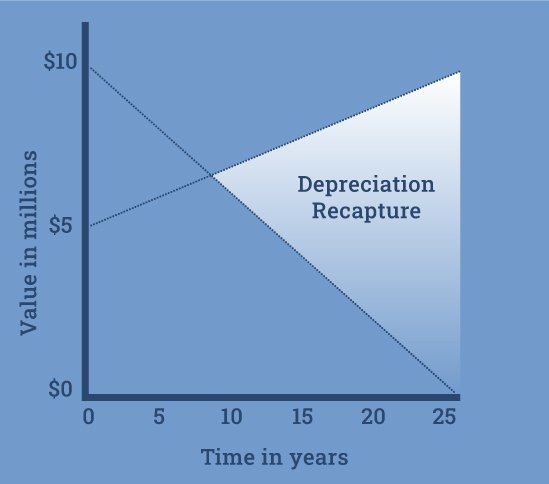

Choosing a Replacement Property: Timing and Rules
Like-kind property is defined according to its nature or characteristics, not its quality or grade. This means that there is a broad range of exchangeable real properties. Vacant land can be exchanged for a commercial building, for example, or industrial property can be exchanged for residential. But you can’t exchange real estate for artwork, for example, since that does not meet the definition of like-kind. The property must be held for investment though, not resale or personal use. This usually implies a minimum of two years’ ownership.
To receive the full benefit of a 1031 exchange, your replacement property should be of equal or greater value. You must identify a replacement property for the assets sold within 45 days and then conclude the exchange within 180 days. There are three rules that can be applied to define identification. You need to meet one of the following:
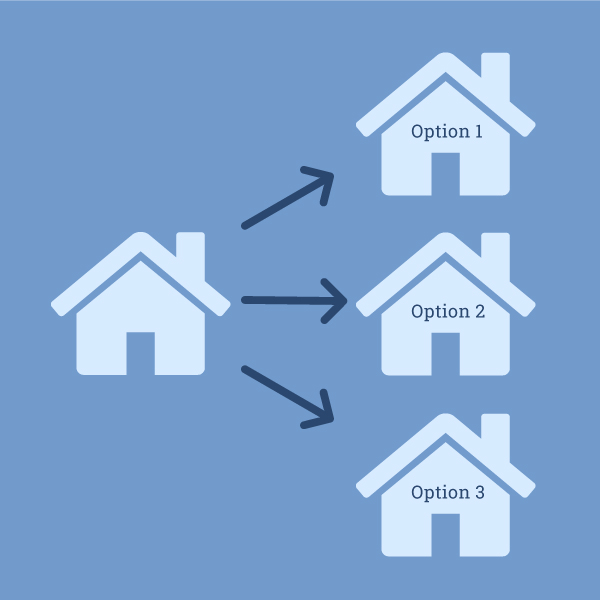
The 200% rule allows you to identify unlimited replacement properties as long as their cumulative value doesn’t exceed 200% of the value of the property sold.
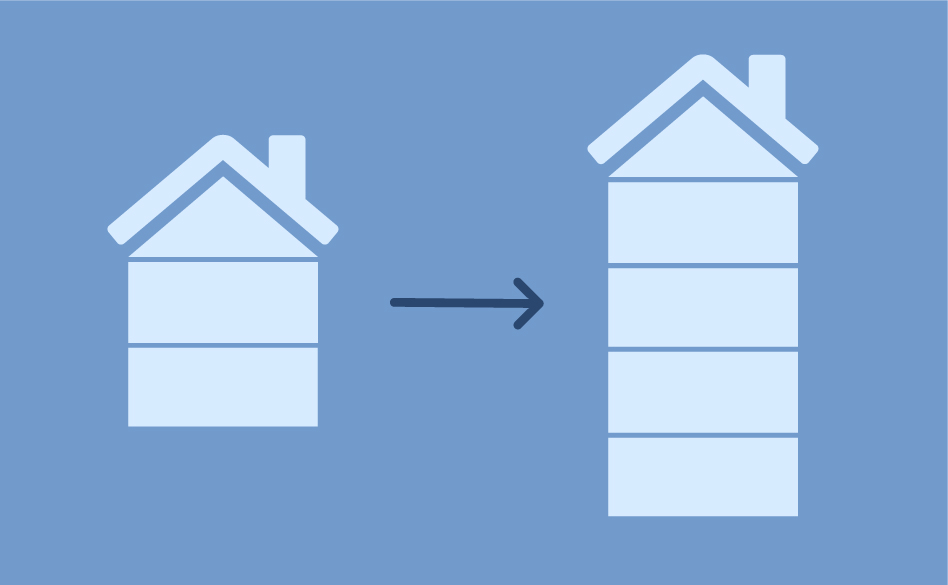
The 95% rule allows you to identify as many properties as you like as long as you acquire properties valued at 95% of their total or more.
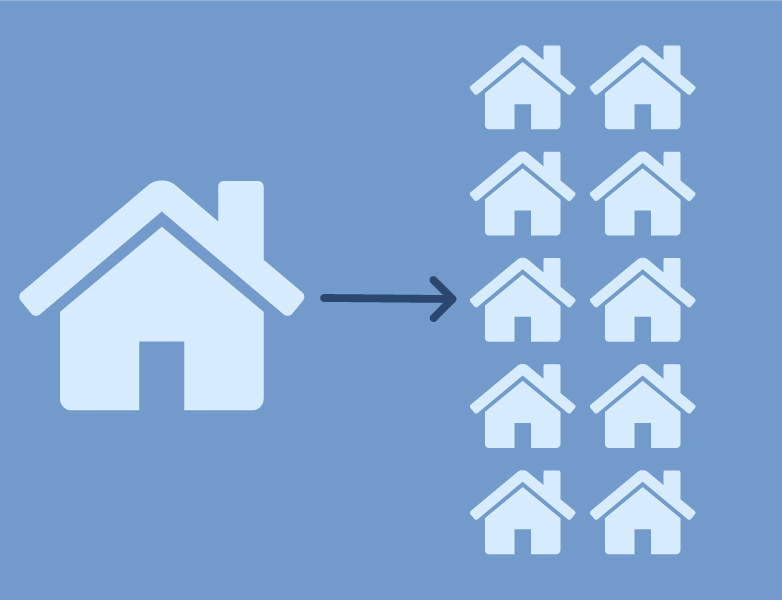
The Different Kinds of Like-Kind Exchanges
➤ There are a number of possibilities for making 1031 exchanges that vary in their timing and other details, each creating a set of requirements and procedures that have to be followed:
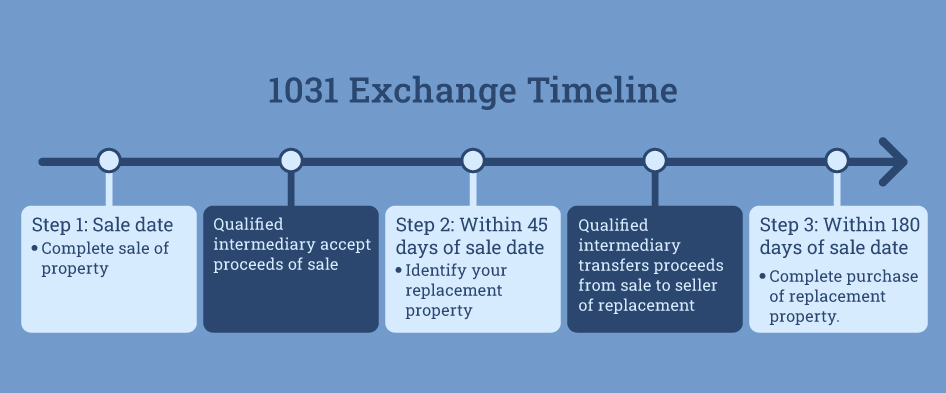
● 1031 exchanges carried out within 180 days are commonly referred to as delayed exchanges, since, at one time, exchanges had to be performed simultaneously.
● Build-to-suit exchanges allow the replacement property in a 1031 exchange to be renovated or newly constructed. However, these types of exchanges are still subject to the 180-day time rule, meaning all improvements and construction must be finished by the time the transaction is complete. Any improvements made afterward are considered personal property and won’t qualify as part of the exchange.
● If you acquire the replacement property before selling the property to be exchanged, it is called a reverse exchange. In this case, the property must be transferred to an exchange accommodation titleholder (which can be the qualified intermediary) and a qualified exchange accommodation agreement must be signed. Within 45 days of the transfer of the property, a property for exchange must be identified, and the transaction must be carried out within 180 days.
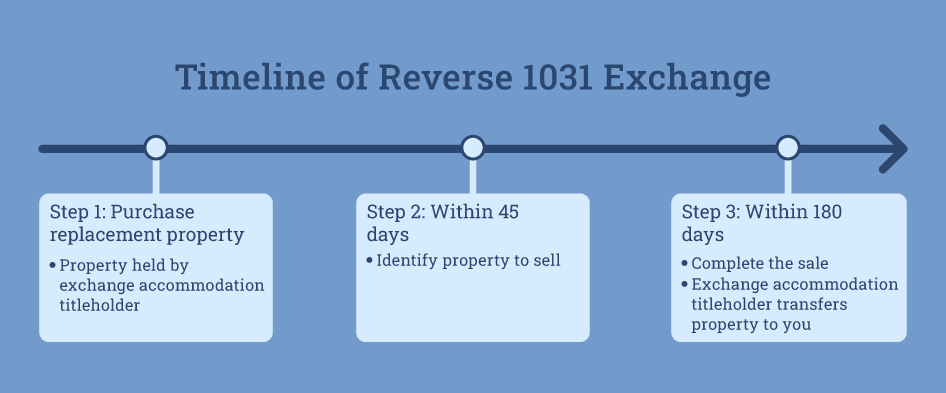
Don’t Get the Boot While You’re Replacing Your Property
Like-kind properties in an exchange must be of similar value as well. The difference in value between a property and the one being exchanged is called boot.
If a replacement property is of lesser value than the property sold, the difference (cash boot) is taxable. If personal property or non-like-kind property is used to complete the transaction, it is also boot, but it does not disqualify for a 1031 exchange.
The presence of a mortgage is permissible on either side of the exchange. If the mortgage on the replacement is less than the mortgage on the property being sold, the difference is treated like cash boot. That fact needs to be considered when calculating the parameters of the exchange.
Expenses and fees impact the value of the transaction and therefore the potential boot as well. Some expenses can be paid with exchange funds. These include:
- Broker’s commission
- Qualified intermediary fees
- Filing fees
- Related attorney’s fees
- Title insurance premiums
- Related tax adviser fees
- Finder fees
- Escrow fees
Expenses that cannot be paid with exchange funds include:
- Financing fees
- Property taxes
- Repair or maintenance costs
- Insurance premiums
Exchanging Partners: Drop and Swap 1031 Exchanges
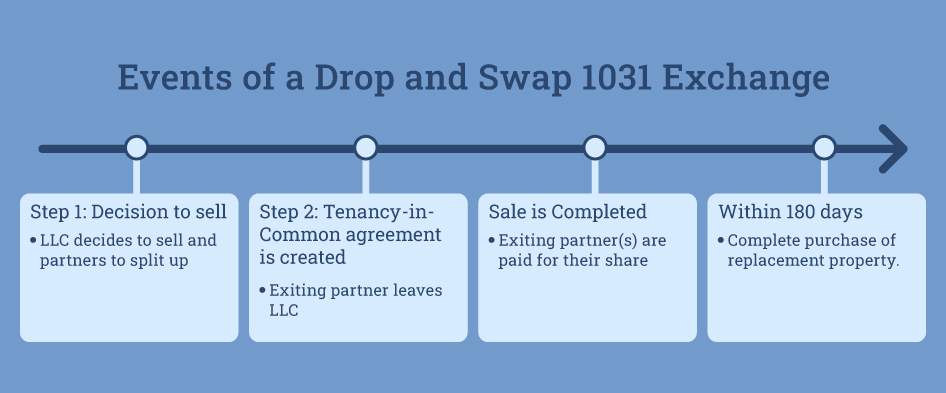
LLCs can only exchange property as an entity, unless they do a drop and swap, in case some partners want to make an exchange and others do not.
Interest in a partnership cannot be used in a 1031 exchange—partners in an LLC do not own property, they own interest in a property-owning entity, which is the taxpayer for the property. 1031 exchanges are carried out by a single taxpayer as one side of the transaction. Therefore, special steps are required when members of an LLC or partnership are not in accord on the disposition of a property. This can be quite complex because every property owner’s situation is unique, but the basics are universal.
When one partner wants to make a 1031 exchange and the others do not, that partner can transfer partnership interest to the LLC in exchange for a deed to an equivalent percentage of the property. This makes the partner a tenant in common with the LLC—and a separate taxpayer. When the property owned by the LLC is sold, that partner’s share of the proceeds goes to a qualified intermediary, while the other partners receive theirs directly.
When the majority of partners want to engage in a 1031 exchange, the dissenting partner(s) can receive a certain percentage of the property at the time of the transaction and pay taxes on the proceeds while the proceeds of the others go to a qualified intermediary. These procedures are called “drop and swap.” It is the most common procedure in these situations.
A 1031 exchange is carried out on properties held for investment. A major diagnostic of “holding for investment” is the length of time an asset is held. It is desirable to initiate the drop (of the partner) at least a year before the swap of the asset. Otherwise, the partner(s) participating in the exchange may be seen by the IRS as not meeting that criterion. If that is not possible, the exchange can take place first and the partner(s) who want to do so can exit after a reasonable interval. This is known as a “swap and drop.”
Tenancy-in-Common Property Exchanges

Like the drop and swap, tenancy-in-common exchanges are another variation of 1031 transactions. Tenancy in common isn’t a joint venture or a partnership (which would not be allowed to engage in a 1031 exchange), but it is a relationship that allows you to have a fractional ownership interest directly in a large property, along with one to 34 more people/entities. This allows relatively small investors to participate in a transaction, as well as having a number of other applications in 1031 exchanges.
Strictly speaking, tenancy in common grants investors the ability to own a piece of real estate with other owners but to hold the same rights as a single owner. Tenants in common do not need permission from other tenants to buy or sell their share of the property, but they often must meet certain financial requirements to be “accredited.”
Tenancy in common can be used to divide or consolidate financial holdings, to diversify holdings, or gain a share in a much larger asset. It allows you to specify the volume of investment in a single project, which is important in a 1031 exchange, where the value of an asset has to be matched to that of another.
1031 and Estate Planning
One of the major benefits of participating in a 1031 exchange is that you can take that tax deferment with you to the grave. If your heirs inherit property received through a 1031 exchange, its value is “stepped up” to fair market, which wipes out the tax deferment debt.
This means that if you die without having sold the property obtained through a 1031 exchange, the heirs receive it at the stepped up market rate value, and all deferred taxes are erased. An estate planner should be consulted to take maximum advantage of this opportunity. Tenancy in common can be used to structure assets in accordance with your wishes for their distribution after death.
➤ 1031 Exchange: An Example
Let’s look at an example of how the owner of an investment property might come to initiate a 1031 exchange and the benefits of that exchange, based on the story of Mr. Capital explained in this detailed white paper .

➤ 1031 Exchange Expertise
The tax deferment provided by a 1031 exchange is a wonderful opportunity for investors. Although it is complex at points, those complexities allow for a great deal of flexibility. This is not a procedure for an investor acting alone. Competent professional assistance is needed at practically every step.
CWS Capital Partners has experience managing the entire 1031 exchange process for you and can work with you to provide replacement assets when you need them. Contact us today to get started.
➤ Disclosure :
The property pictures featured throughout this website have already been capitalized by CWS investors and are not available for investment. Past performance is no guarantee of future results.
This website is provided to you by CWS Capital Partners. CWS Capital Partners provides investment advice to its proprietary funds. Through its affiliate CWS Apartment Homes it offers real estate related advice. Investment opportunities may be in the form of a single property offering or a pooled investment vehicle and are through an affiliated entity, CWS Investments. CWS Investments is a registered broker dealer, member FINRA SIPC. The information on this website is not intended to be investment advice or an offer; offers can only be made with the private placement memorandum and offering documents.
Private placement real estate securities offerings are speculative and involve substantial risks. Risks may include, but are not limited to, illiquidity, lack of diversification, loss of capital, default risk, environmental, development, and capital call risk. Investments may not achieve their objectives as outlined in their business plans.
For more information about CWS Capital Partners see its Form ADV. For information about CWS Investments see its Form CRS and FINRA Broker Check .